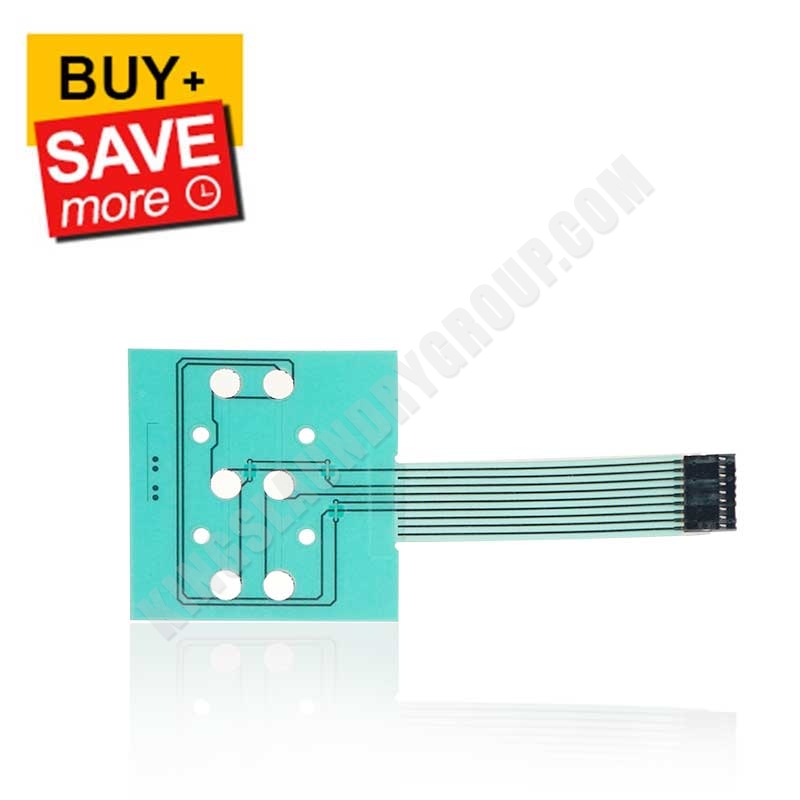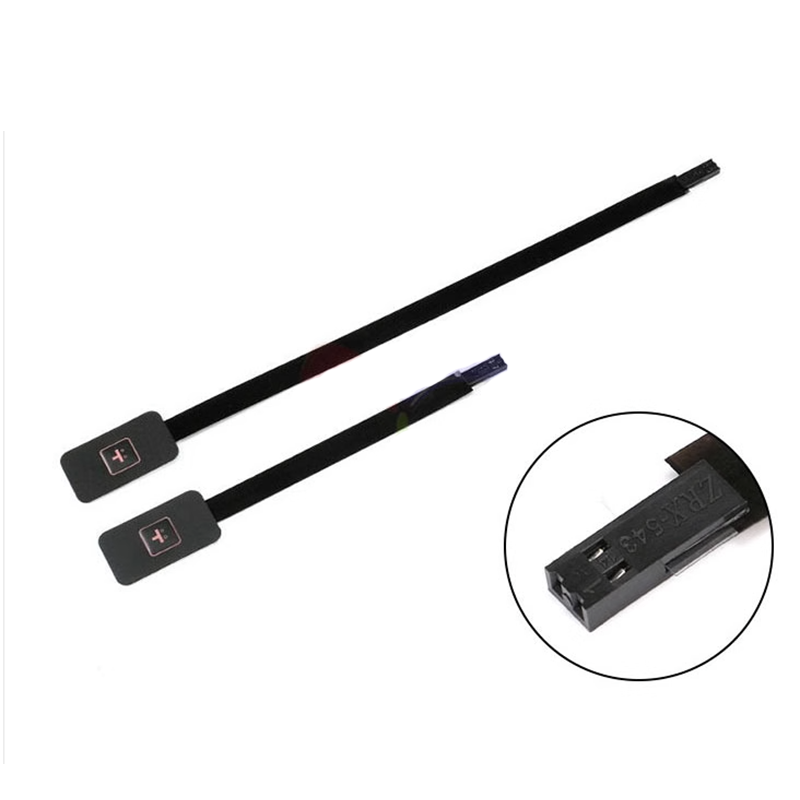How Membrane Switches Are Used to Improve Safety and Efficiency in Machinery
How Membrane Switches Are Used to Improve Safety and Efficiency in Machinery
Blog Article
Membrane Switch Technology: The Secret to Reputable and Cost-Effective User Interfaces
Membrane switch technology has actually emerged as an essential component in the layout of user interfaces, giving both integrity and cost-effectiveness across a varied array of applications. As we check out the multifaceted advantages of membrane switches, their potential for innovation raises concerns about future applications and progressing fads.
Understanding Membrane Layer Switch Over Modern Technology
Membrane layer button technology is a widely utilized user interface option in different electronic devices, offering a seamless mix of performance and style. This technology includes several layers of materials, usually containing a visuals overlay, spacer layer, and a circuit layer. The graphic overlay presents the user interface elements, while the spacer layer divides the circuit layer from the overlay up until a user turns on a button.
When pressure is used to the overlay, the circuit layer completes the electric circuit, sending out a signal to the gadget. This mechanism permits for different configurations, consisting of tactile responses and backlighting choices, boosting individual interaction. Membrane layer switches are commonly produced using sturdy products such as polyester or polycarbonate, guaranteeing longevity and resistance to environmental factors like wetness and dust.
The adaptability of membrane switches over enables their application in varied industries, consisting of medical gadgets, consumer electronics, and commercial controls. Their compact layout allows for assimilation into space-constrained atmospheres, providing an effective customer interface without jeopardizing visual appeal. Understanding the ins and outs of membrane switch innovation is vital for manufacturers and developers seeking to produce reliable and efficient human-machine user interfaces.
Key Benefits of Membrane Layer Buttons
While various user interface solutions exist, membrane switches offer unique benefits that make them a favored selection in numerous applications. One of the main advantages is their longevity; membrane layer switches are developed to stand up to rough environmental conditions, including wetness, dirt, and temperature level variations, ensuring lasting performance. This durability dramatically reduces the need for frequent replacements, thus reducing general maintenance expenses.

Furthermore, membrane layer buttons are light-weight and compact, making them suitable for applications where room is restricted. Their low-profile design adds to a streamlined look without jeopardizing performance.
Cost-effectiveness is additionally a significant benefit, as the production procedure for membrane layer switches often tends to be more economical contrasted to standard mechanical switches. This affordability, incorporated with their dependability and ease of installation, positions membrane switches over as a useful solution for a variety of sectors looking for efficient and reliable interface.
Applications Throughout Different Industries
Exactly how do membrane layer switches adapt to the diverse demands of various industries? Membrane layer button modern technology is increasingly acknowledged for its adaptability, making it ideal for a wide variety of applications throughout you can try these out multiple industries.
In consumer electronics, membrane switches supply a portable solution for remote controls and home appliances, improving customer experience via intuitive design. Furthermore, the commercial market leverages membrane layer buttons for equipment control board, taking advantage of their resistance to harsh environments, such as wetness and dust.
Armed forces and aerospace applications likewise Look At This use membrane layer buttons for their dependability and capacity to hold up against severe problems, making certain functional effectiveness in essential scenarios. The food and beverage industry adopts these buttons for automated systems, where hygiene and convenience of procedure are vital (membrane switch). Eventually, membrane switches are tailored to meet the unique demands of each industry, proving their essential duty in modern-day innovation interfaces
Design and Customization Alternatives

In the realm of membrane button modern technology, style and customization options play a critical duty in boosting capability and individual interaction. These switches can be customized to meet details operational requirements and visual preferences, making them functional elements in different applications.
One of the primary modification alternatives is the format of the switch itself, which can be designed to fit unique interface and ergonomic factors to consider. By readjusting the shape, dimension, and plan of switches, makers can create user-friendly designs that help with convenience of use. In addition, the incorporation of various colors and graphic overlays permits branding and improved presence, guaranteeing that customers can quickly determine features.
Furthermore, membrane switches can be crafted with various tactile responses mechanisms, such as increased switches or audible clicks, to enhance the individual experience. Various materials can additionally be chosen for resilience and ecological resistance, addressing elements such as wetness, temperature level fluctuations, and chemical direct exposure.
Inevitably, the extensive style and modification alternatives available in membrane button modern technology empower organizations to produce customized services that not only satisfy practical needs yet also align with their branding and operational requirements.

Future Patterns in Membrane Layer Buttons
As membrane switch innovation proceeds to advance, future patterns are increasingly concentrated on improving user experience and incorporating advanced functionalities. One significant pattern is the assimilation of touch-sensitive and capacitive modern technologies into conventional membrane buttons. This growth permits even more intuitive interface, providing tactile comments while preserving a streamlined layout.
An additional arising fad is using eco friendly materials, driven by the growing need for lasting manufacturing techniques. Suppliers are looking for to minimize their carbon impact by using recyclable substratums and low-impact inks, lining up with worldwide sustainability goals.
Furthermore, the rise of the Internet of Things (IoT) is motivating the unification of clever functions into membrane switches. Boosted connection choices will make it possible for devices to communicate with each various other, permitting for seamless integration into more comprehensive systems.
In addition, innovations in printing innovations, such as digital printing, are allowing for greater layout versatility and personalization. This enables suppliers to generate elaborate designs and vivid shades cost-effectively.

Conclusion
In final thought, membrane layer switch modern technology represents an essential development in customer index interface design, supplying significant benefits in resilience, modification, and cost-effectiveness. As advancements proceed to arise, particularly in touch-sensitive user interfaces and sustainable products, the possibility for membrane layer changes to enhance individual experience and functionality remains appealing.
Report this page